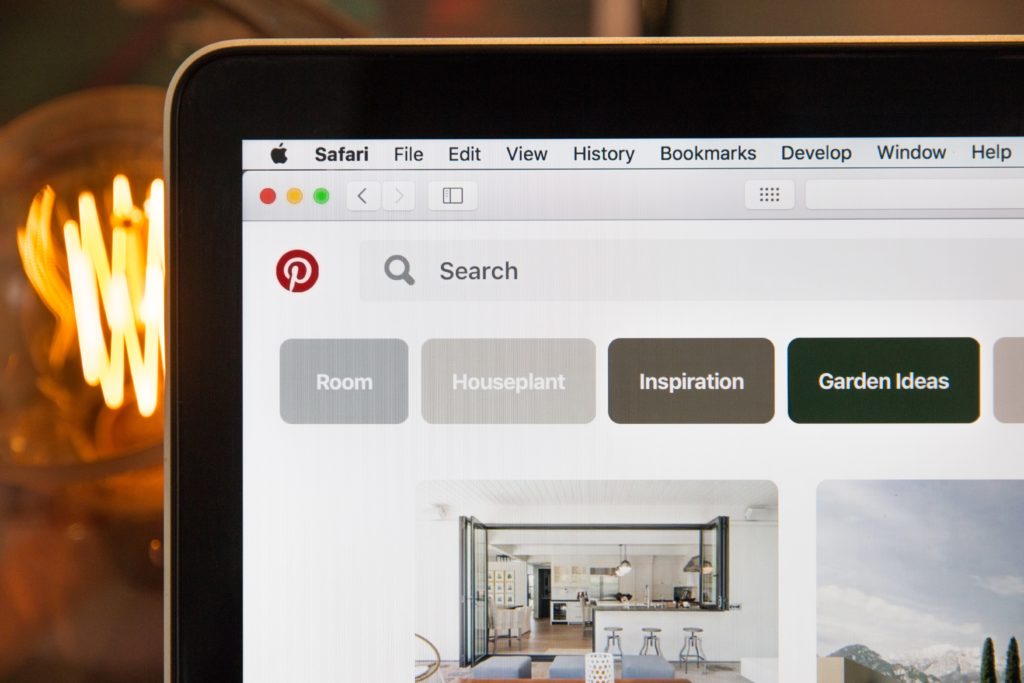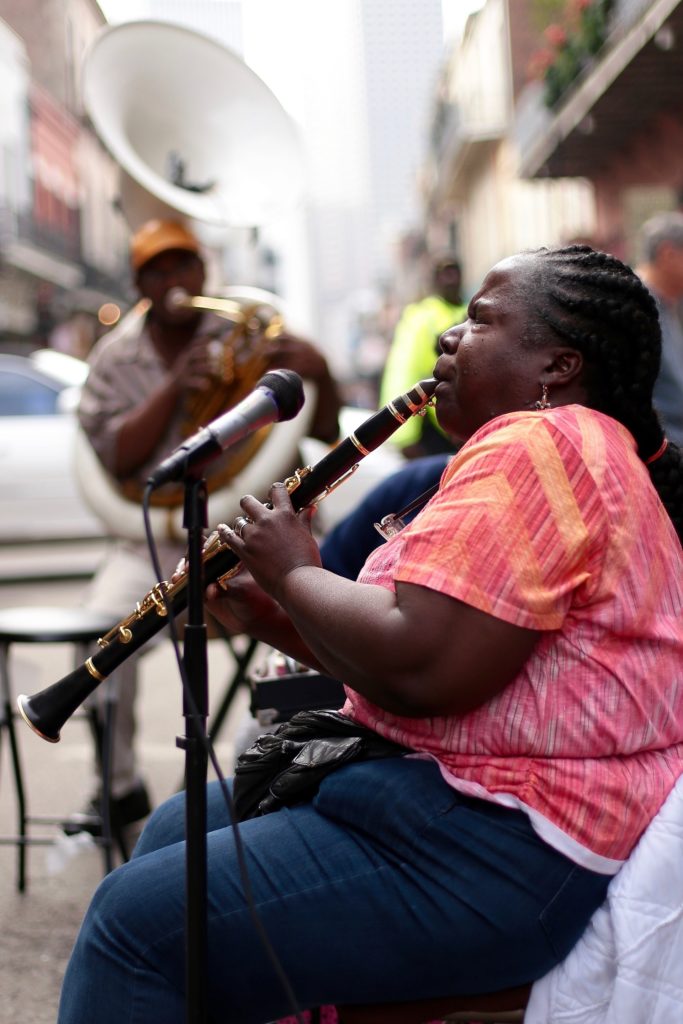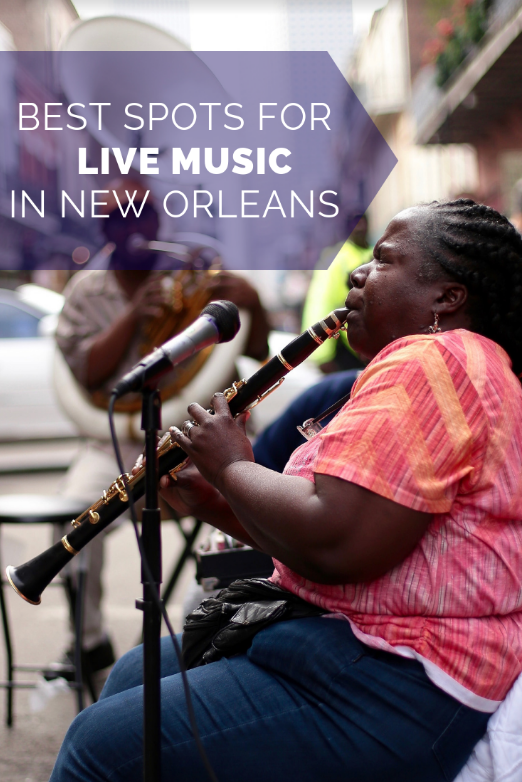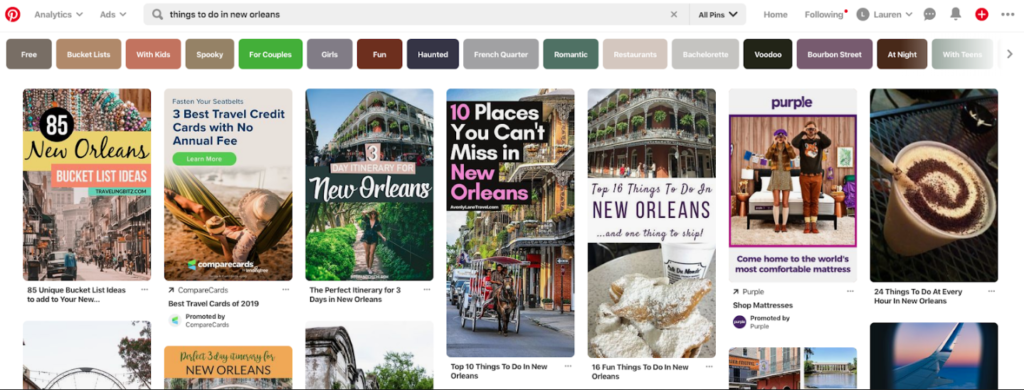Does Pinterest Marketing Work for Tourism?
August 15th, 2019 by
In short—yes.
Put yourself in the shoes of a tourist: you are sitting at home, gazing at your “Live, Love, Laugh” wall art, overflowing with wanderlust. You are itching to get out of your same-old-same-old routine. The idea strikes you—let’s get out of town! You enlist a travel buddy and the planning begins. But where do you go? You open up Pinterest for some ~travel inspo~. Finally, you and your pal pick a place to peruse.
You’ve always heard great things about *insert city,* but what do you actually do there? You simply must see all of the “must-sees,” but you also want the inside scoop from people who’ve actually been there—not TripAdvisor. You go back on Pinterest and start to plan your dream vacation.
This might sound like a very specific example, but the fact of the matter is that Pinterest is growing as a platform for users to plan their travels. 25% of Pinterest activity relates to travel or tourism. With over 175 million users, this is a great space to immerse yourself in your audience’s planning process.
Is Pinterest Effective for the Tourism Industry?
Think about Pinterest as a mashup where search engine meets social media. Users search for specific topics, similar to how they would on Google, but the results are presented in a very visual manner. Users can then interact with those pins, as they would with the content on a different social platform, by repinning and sharing with followers. This searchable media is a highly effective format to promote something as visual as tourism. Through Pinterest, users are able to actually see (and plan) their dream vacation.
Here are three tips to utilize Pinterest for tourism marketing:
1. Create Timeless Pins
Pinterest is different than other social platforms, like Facebook or Instagram, in that your content actually has a much longer lifespan. In fact, pins typically circulate for about 3 to 6 months. This means it is incredibly important to invest in content that is more “evergreen.” Make sure not to link to pages that may be temporary and try to incorporate content that is relevant year-round.
Does this mean you shouldn’t include seasonal pins? Not at all! Timely pins have their time and place; after all, people are planning trips year-round. However, you do not want all of your pins to be so timely that it limits their relevance.
2. Create Compelling Visuals
It’s not rocket science that people are more likely to click on something that looks nice. Your pin’s photo takes up way more real estate on the results page than your pin’s title. But, a pretty picture isn’t always enough to get your pins the love they deserve. People don’t like wasting their time, and they’re less likely to click on a pin if they don’t know what it’s destination is. Overlay text on images tells the user what they can expect if they click through to your website. For instance, take this picture of New Orleans’ French Quarter. Yes—it’s pretty. But, where are you going if you click that pin? Having a title included is much more appealing because it takes out all of that guesswork. Including a defined purpose for the pin creates a better experience for the user, and can increase your click-through rate.
Don’t let the thought of creating a graphic scare you away from Pinterest. There are plenty of easy-to-use tools like Canva that make creating these images a breeze. And no—you don’t have to be an artist to make great pins.
3. Create SEO-Optimized Content
I get it—we do SEO. This sounds like a plug. But, seriously, at the end of the day, Pinterest is a search engine, and having optimized pins that link to optimized content is important. You can create the most beautiful pin in the world, but if it isn’t optimized, it won’t get in front of the right people.
Start by performing Pinterest keyword research. Type in a root term or phrase that you are trying to rank in, such as “things to do in NOLA.” From there, work through the guided search to see different ways people might be looking for this information. In this example, you can see that people might be searching for “things to do in New Orleans with kids” or “free things to do in New Orleans.”
Once you define the keywords you’re trying to rank for, build your content around that. Make sure your pin’s title, description, and landing page are all optimized. You want to make your content compelling to users by making it readable for both humans and crawlers alike.
Pinterest is a powerful platform and an important space to promote your tourism business. Even though it might seem like a large time investment on the front end, creating a Pinterest strategy will support your marketing efforts for months to come. Not sure where to start? Contact Search Influence for help developing a plan that is right for you.
Images
Photo by Nathan Bingle on Unsplash





